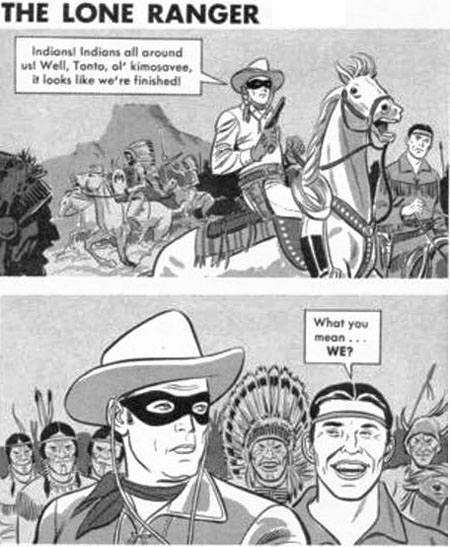
Katy Keene is a comic book that the Archie company has published from time to time since 1945 and it's now becoming a TV show. It features a glamorous lady who's a model and an actress and a singer and sometimes an adventurer and she changes her outfit every few panels. Sometimes, her outfits have been designed by readers sending in their own designs.
The strip was created by Bill Woggon who produced it, sometimes with assistants, from what he called "Woggon Wheels Ranch" in Santa Barbara, California. One of his assistants was a very young Floyd Norman, then in high school and getting his first professional cartooning job. Floyd went on to become a Disney artist and he worked for many other studios and he…oh, hell. You know who Floyd Norman is. Floyd just sent me this note about someone else who contributed to the Katy Keene comics…
I enjoyed reading your post about E. Nelson Bridwell and your New York tour. Way back in the fifties, while working for Katy Keene cartoonist Bill Woggon, Mr. Bridwell was a regular contributor. Bill and I loved his submissions and always tried to include his zany designs and ideas in our Katy comic book stories. In time, we became eager to see what E. Nelson Bridwell would send us next.
Flash forward to one our "Katy Celebrations" at the Biltmore Hotel in Santa Barbara. We were delighted that E. Nelson Bridwell came all the way from New York to celebrate Katy Keene with us. We were all delighted to finally meet him. Just thought I'd add my memories of a really nice man.
Everybody thought that about the guy. One reader named Brad Fiske wrote me, "I'm not surprised to hear that Bridwell was a nice guy. I never met him but you can kind of tell that in his stories. They were generally free of an anger and darkness that I think has been way overdone in comics and too often applied to characters where it didn't fit." I'd agree with that.
And another reader reminded me that it's fitting that I'll be making the presentation of the Bill Finger Award to Nelson. It was because of Nelson that I met Bill Finger. As I explained in this post…
I met Bill Finger ever-so-briefly less than a year before he died. I was up at the DC offices and an older man I did not recognize was walking around. With my vast interest in veteran comic creators, I had to know who he was and Nelson Bridwell, an editor there, told me. I immediately went looking for the older man to express my long admiration for his work but to my great disappointment, could not find him. It seemed like he'd left the office and I'd missed my chance to meet Bill Finger.
A half-hour later as I was leaving the building, I spotted him coming out of a little newsstand and notions shop in the lobby. I went up, introduced myself and said something like, "Your writing has always been an inspiration to me…which is a nice way of saying that I steal shamelessly from you." He laughed, asked me a little about myself and we then spent five minutes talking about New York taxi drivers and the subway system. Not a word about Batman or Bob Kane or anything that I would have liked to discuss with him.
Lastly: One of Nelson's first sales to MAD was in issue #38, cover-dated March of 1958. It was a bunch of "TV Scenes We'd Like to See" drawn by Joe Orlando years before both men would be on the editorial staff of DC Comics. One of them was a two-panel gag about The Lone Ranger…

In case you're trying to read this on a cellphone screen, the first panel shows the Lone Ranger and Tonto surrounded by attacking Indians. The Masked Man says, "Indians! Indians all around us! Well, Tonto, ol' kimosovee, it looks like we're finished!" And in the second panel, Tonto grins and asks, "What you mean…we?"
The question on the floor is: Was this the first appearance anywhere of that joke? Because I heard and saw it everywhere in the sixties. I'm pretty sure it was done on Laugh-In and on Johnny Carson's program and almost every other variety show of that era. It was in Lenny Bruce's act. Usually, the punch line is "What do you mean "we," white man?" Which makes the joke stronger and it wouldn't surprise me if that's how Nelson wrote it. MAD was kinda timid back then and they softened a lot of what the writers wrote.
So did Nelson originate it? I honestly don't know. Can anyone cite an earlier appearance of this joke?
While we're here, let's discuss the spelling of Tonto's favorite word. Online sources will tell you the word came from Kamp Kee-Mo Sah-Bee, a boys' camp in Michigan. Fran Striker, who wrote the Lone Ranger radio program, spelled it "ke-mo sah-bee." And it seems to me Nelson Bridwell would have consulted the Lone Ranger comic strips or comic books where it was spelled "Kemo Sabay." These days, I usually see "kemo sabe" but I've never seen "kimosovee" anywhere else. Where did that come from? If it was Nelson, I'll bet he had a good reason to think that was right.